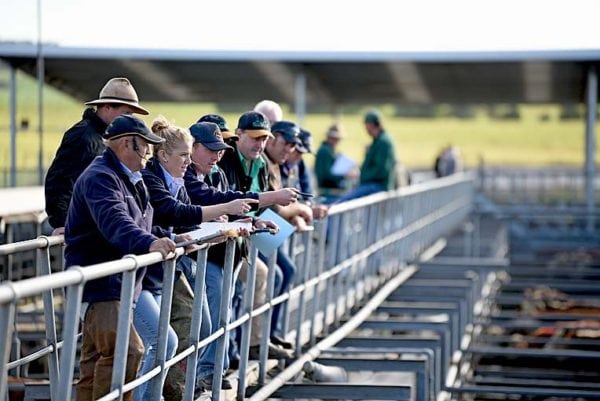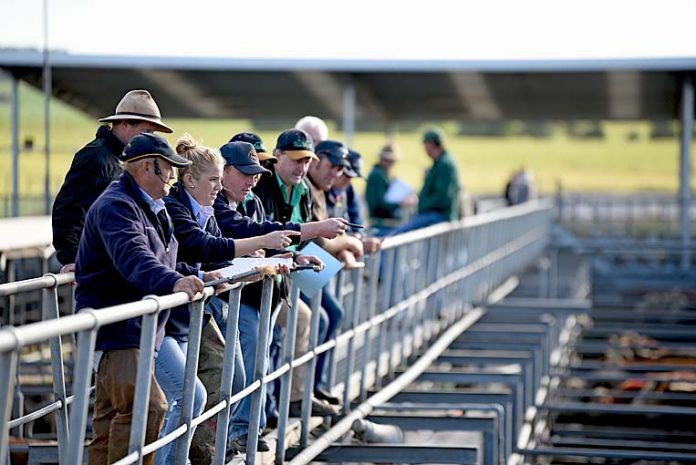
THE Mount Gambier Saleyards is on track to again record a significant operating loss this financial year amid falling stock numbers and revenue.
Grant District Council has not ruled out selling or leasing the facility as it grapples with a $200,000 black hole.
The financial loss has sparked an urgent workshop with elected members and internal meetings with livestock agents given it underpins hundreds of regional producers.
The livestock selling centre – one of the largest cattle exchanges in southern Australia – is estimated to generate a massive $250m direct livestock sales and flow-on activity for the economy.
Figures show the selling complex has not made an operating profit for a staggering five years.
The news comes as the livestock exchange celebrates its 40th anniversary.
Council chief executive officer Trevor Smart said selling the saleyards was “one option” facing the local government body.
“But you would have to have a buyer … we would consider this – nothing is off the table,” Mr Smart told The Border Watch.
“We are no different than the private sector – if someone comes and offers you a good price, you may sell.”
But Mr Smart rejected the livestock centre was becoming a major burden on ratepayers given it was a significant contributor to the region and regulated stock prices.
He said council had already had a workshop on the issue where there was some “open discussion” on the matter.
Explaining council had developed a long-term financial plan for the centre, he revealed fees would rise next financial year to try and bridge the financial gap.
“It will go up $2 per head for cattle – we are one of the lowest fee saleyards, so we think we can afford to put it up and still remain competitive,” the council chief said.
He said the price rise would provide an additional $750,000 over the next 10 years.
But one of the biggest challenges was a lack of reserve funds for future upgrades.
“The loss is largely due to the drop in livestock numbers, which is not necessarily a Mount Gambier issue, but more of a regional and national issue over the shortage of stock,” Mr Smart said.
He said buoyant prices were fuelling the stock shortage with producers not purchasing as much cattle.
“Council will have to make a number of decisions – it is no different to the road network or the Port MacDonnell
Community Complex, they come at a cost to ratepayers,” Mr Smart said.
He said the issue facing the council was whether the saleyards should remain as a stand-alone business or become a unit of council where it was subsidised by ratepayers.
“It is a policy decision council will need to make – no decision is right or wrong,” Mr Smart added.
He said the fact the saleyards generated millions of dollars for the economy meant there was no danger of it closing.
“We are hoping to get back into a profitable position in the next five years,” Mr Smart said.
While stock numbers had fluctuated over the past five years, he said the saleyards’ operations had been hurt predominately by the drop in cattle revenue and on-farm direct sales.
“We are down on cattle, but up on sheep,” he said.
“But the sheep do not generate as much income.”
He said this was a common theme with many saleyards across the country.
“We are not alone in that – it is a bit of a challenge,” Mr Smart said.
He said it was important to keep the centre because it sustained eight livestock firms and regulated prices.
“We don’t want to end up like the dairy sector where you have only got two or three price setters where farmers will be told what their price is,” he said.








